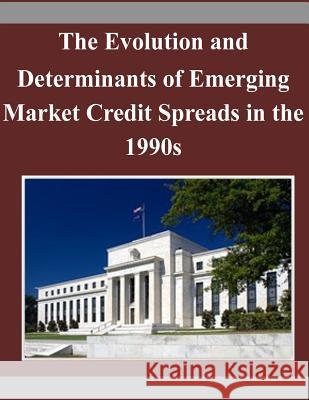The Evolution and Determinants of Emerging Market Credit Spreads in the 1990s » książka
The Evolution and Determinants of Emerging Market Credit Spreads in the 1990s
ISBN-13: 9781503305120 / Angielski / Miękka / 2014 / 46 str.
This study develops measures of emerging market credit spreads for the 1990s, based on data on new bond issues and bank loans, that cover a broader range of borrowers than the Brady bond spreads most commonly used to date. These measures are used to identify the impacts of credit ratings, maturity and currency denomination on spreads. We find important regional differences in spreads across the developing world, even after controlling for risk and maturity. We also identify the evolution of spreads during the 1990s up until the advent of the Asian financial crisis, holding other determinants constant, and find that emerging market spreads declined by more than can be explained by improvements in risk. However, for emerging market instruments with relatively favourable credit ratings, trends in spreads differed considerably from those experienced by Brady bonds. Finally, and in contrast to much market commentary, we find that variations in industrial country short-term interest rates explain relatively little of the decline in emerging market bond spreads. Longer-term trends, perhaps reflecting globalisation, along with the temporary impact of the Mexican financial crisis, may have been more important factors in the behaviour of emerging market spreads.
Zawartość książki może nie spełniać oczekiwań – reklamacje nie obejmują treści, która mogła nie być redakcyjnie ani merytorycznie opracowana.











